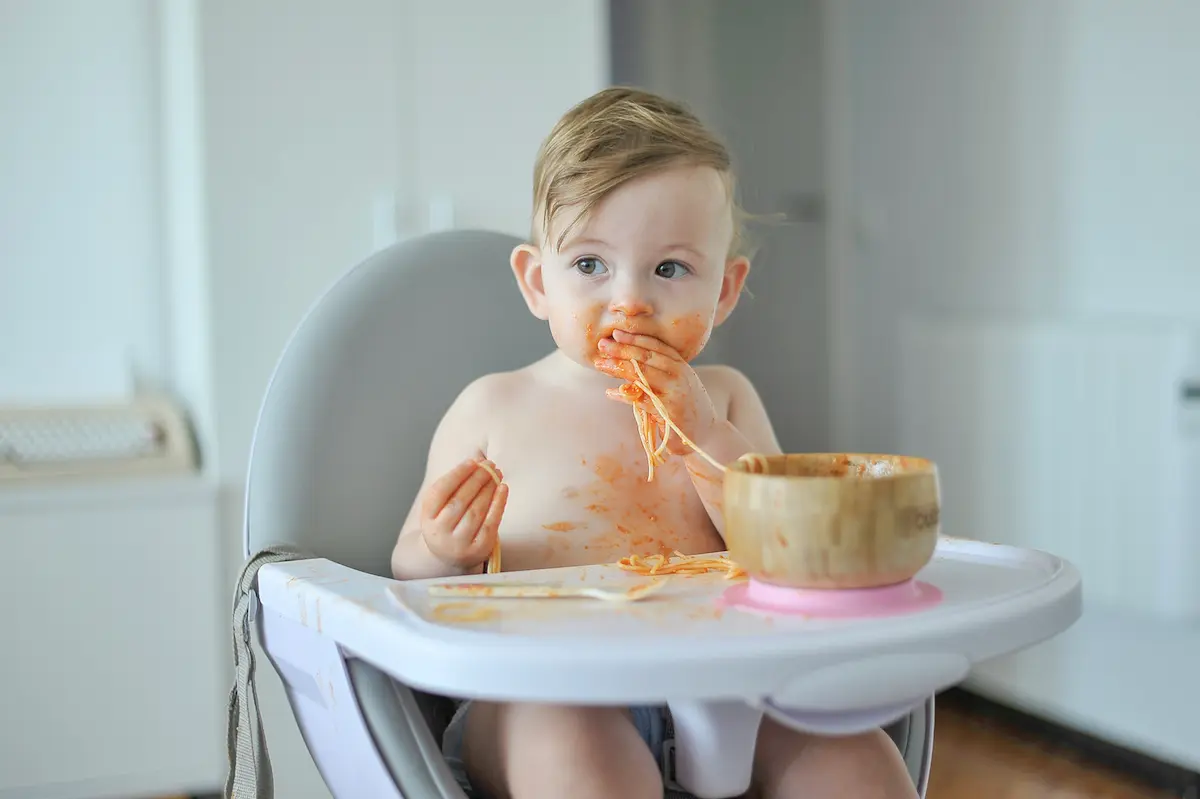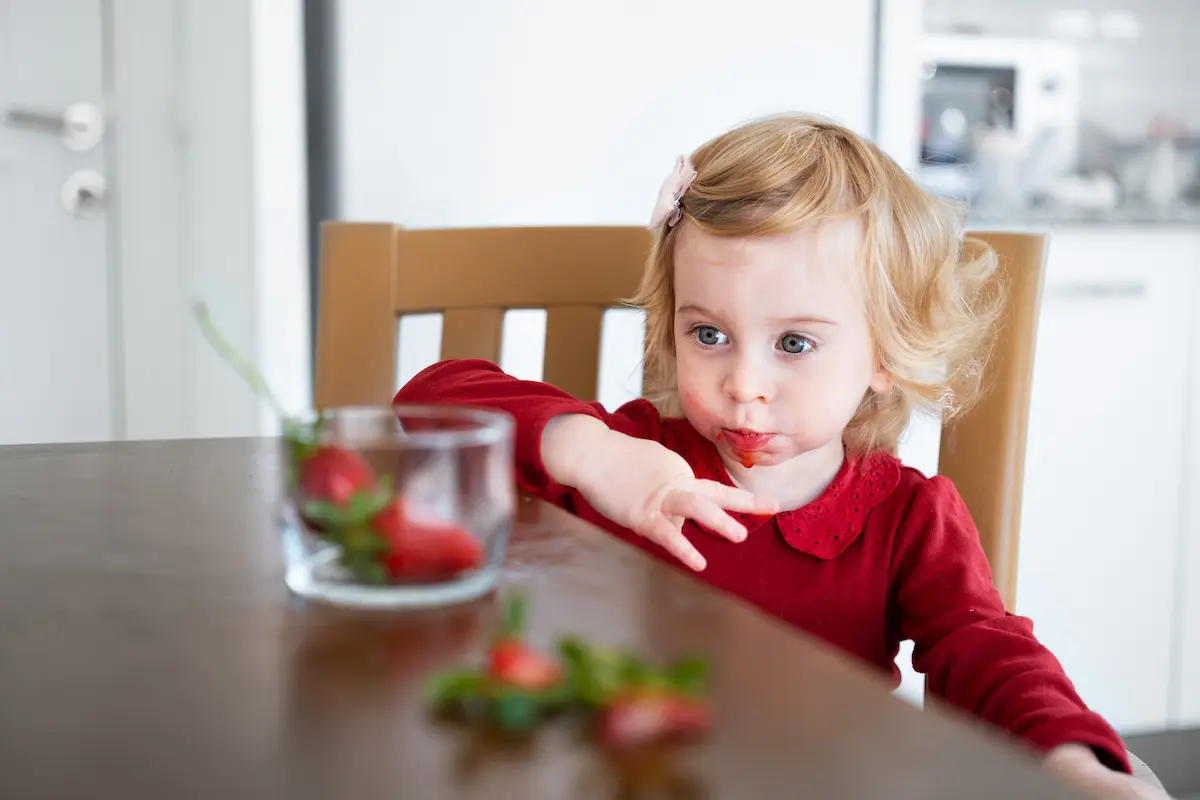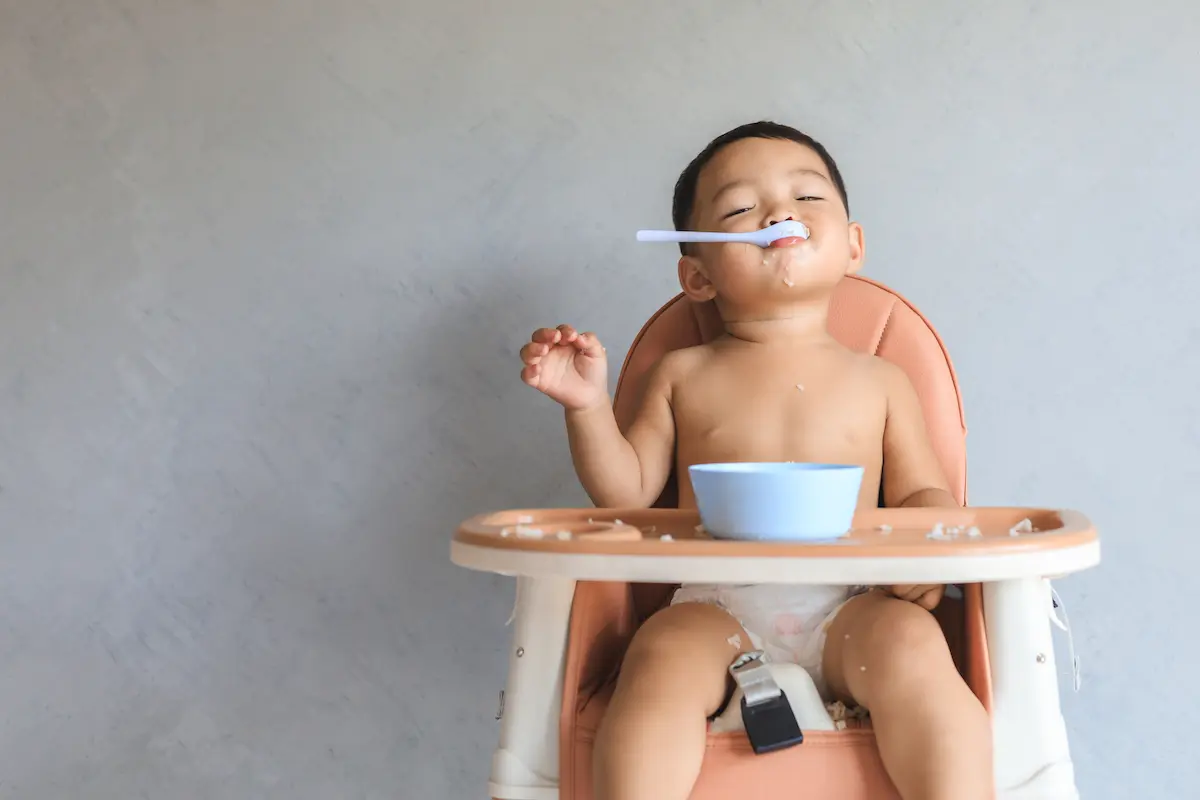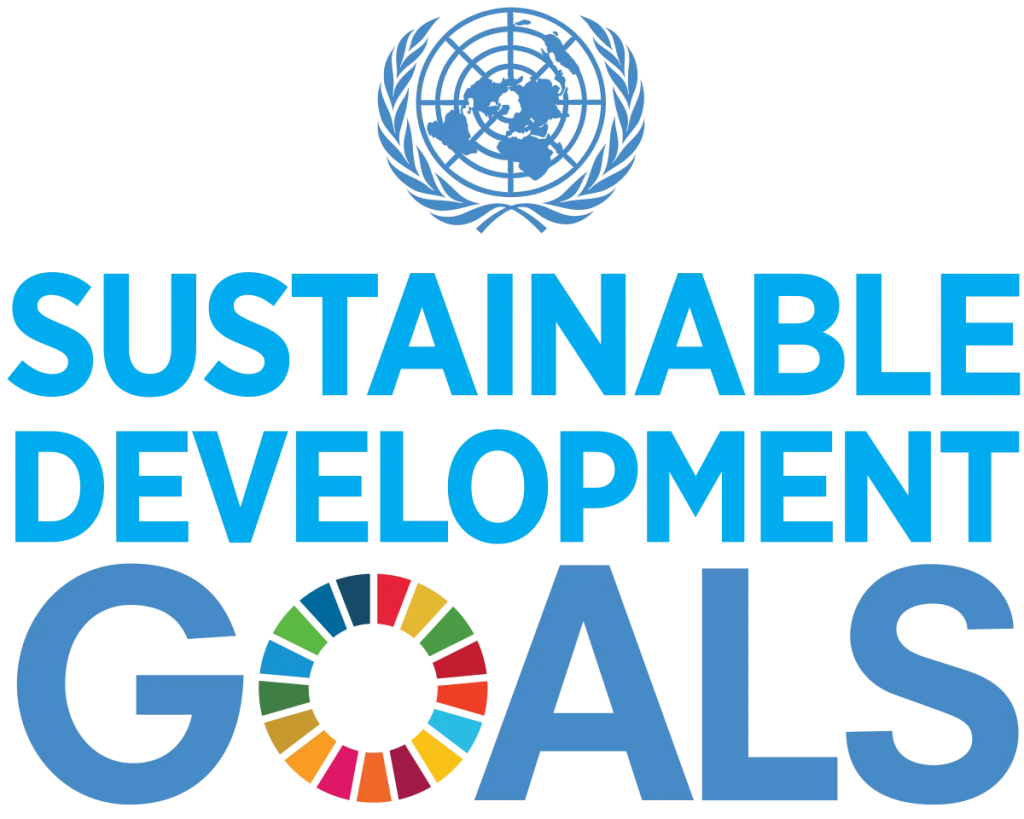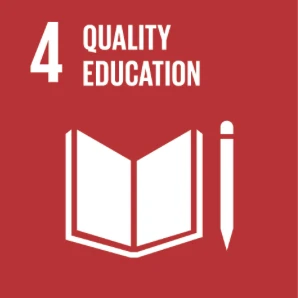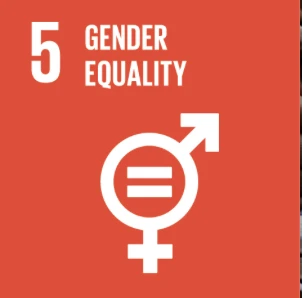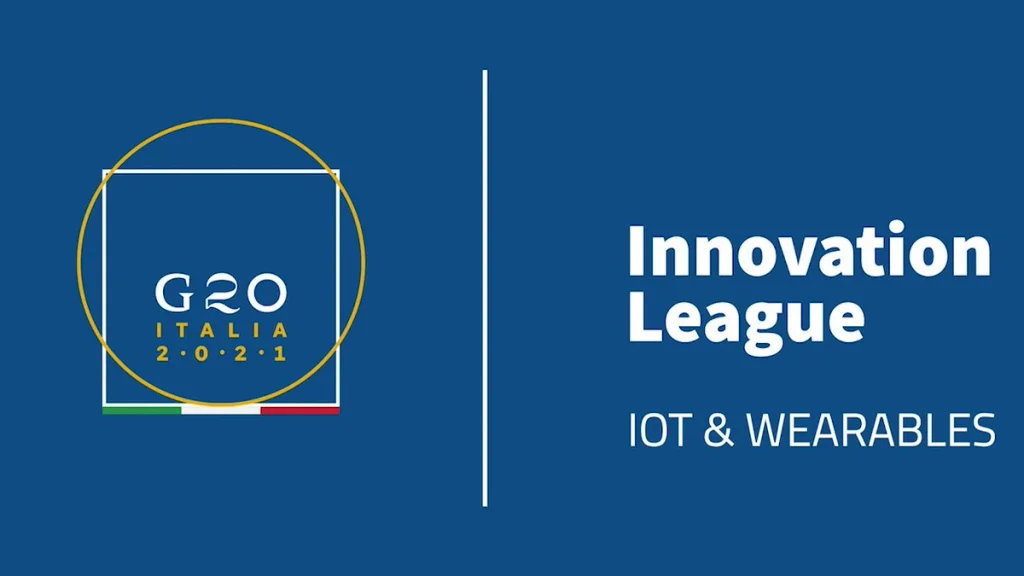What is Baby-Led Weaning?
Baby-Led Weaning is a method that seeks to introduce new foods to babies’ lives, gradually moving them from liquid to solid foods. Beyond that, the method provides an experience that allows babies to very independently and perceptively approach food.
With BLW, babies use their hand to pick up food, recognising smells, shapes, textures and colours. It provides little ones with an all-round sensory and perceptive experience
Benefits of BLW:
- Provides stimuli and challenges enhancing their psychomotor development.
- Respects their needs
- Tests the senses
- Exercises face muscles
- Promotes autonomy
- Allows babies to discover flavours, textures, colours and smells at their own pace
How to start BLW with babies?
At 6 months, babies need to start eating foods other than milk or formula to supplement their nutritional needs. This is the time to start BLW or complementary feeding. Do you know how to do it?
Learn as much as you can, ask your doctor for help and check the information on our Lullaai app.
- Make sure your little one is ready: Are they old enough? Can they sit alone? Can your baby put food to their mouth alone?
- Bear in mind their psychomotor development. Larger chunks are needed at first in order for babies to be able to grasp them in their hand. Given time, they will learn to use utensils.
- Give them water!
- Be patient. Babies sometimes have to be given the same food several times before they like it.
Basic BLW Rules
Before your baby starts transitioning to solid foods, it is important that you keep in mind a number of basic rules if you decide to go for Baby-Led Weaning:
- Don’t cut food into small pieces. BLW is about babies being able to use their hand to pick up foods and bite them at their own pace. Small pieces could lead to choking, so our advice is that easy-to-grasp food shapes and sizes be used.
- Avoid very hard foods completely, the trick being that if you cannot crush food with your tongue, then it’s better to rule it out. That is why vegetables such as carrots, squash, broccoli or courgettes should first be boiled in water to soften them slightly
- Make sure your baby’s eating space is clean. Your baby is discovering food and is likely to play with it, throw it about and rub them, so everything around them must be disinfected.
- You must make sure that your baby no longer has the tongue-thrust reflex, i.e. they are no longer using their tongue to push out food entering their mouth.
How much should a BLW baby eat?
There is no single answer to this question. Indeed, there is no correct answer. Your baby should eat whatever their body tells them to, i.e. as much as they want. Remember that BLW is complementary feeding because milk or formula is still the main source of the baby’s food. So, the amounts of food vary depending on each baby.
Our suggestion at Lullaai is that you do not compare portions, for every individual’s energy and nutritional needs are different, and much more so in children. In addition, the number of portions also depends on how hungry they are, the time of day, tiredness, how much milk or formula fed to them; in short, a great many factors.
Remember that your duty as a parent is not to define how much your baby eats, but to provide a safe space for them to have a healthy and balanced diet.
How to introduce new foods to my baby
When you decide that BLW is the way forward, food exposure is of the essence. Children may need to try certain food several times before they get used to the taste. The more you expose your child to certain food, the likelier they will be to play, explore, taste, learn about and eat it. Don’t give up. Offer the same food several times so that your little one can positively connect to food, learn healthy habits, learn about and enjoy food.

